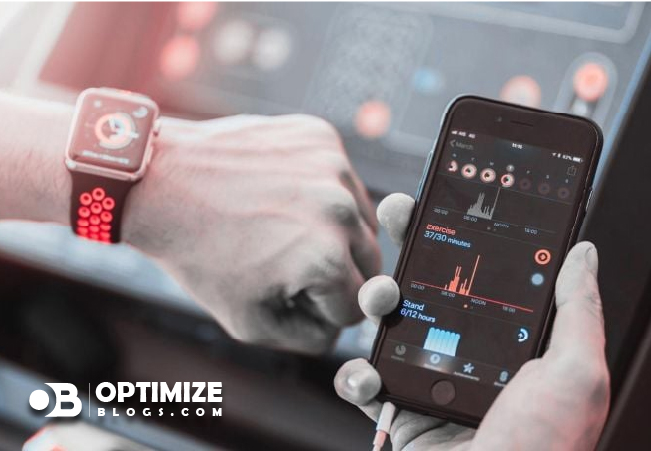
Wearable technology has come a long way since the introduction of the humble digital wristwatch. From fitness trackers to smart glasses, wearables have infiltrated various aspects of our lives, transforming the way we live, work, and play. As we gaze into the future, the potential of wearable technology seems boundless. In this blog post, we'll explore the exciting developments and innovations on the horizon, giving you a glimpse of what to expect in the future of wearable technology.
Advanced Health and Fitness Monitoring
Wearable fitness trackers and smartwatches have already revolutionized the way we monitor our health and wellness. In the future, these devices will become even more advanced, providing more accurate and comprehensive health data. Expect wearables that can monitor not only heart rate and steps but also blood pressure, glucose levels, and even detect early signs of illnesses like COVID-19.
Example: Wearable patches with biosensors that continuously analyze your sweat for valuable health information.
Augmented Reality (AR) Glasses
While Virtual Reality (VR) headsets have made waves in the gaming and entertainment industries, AR glasses are poised to disrupt our daily lives. Imagine a world where you wear lightweight glasses that overlay digital information onto your physical surroundings. AR glasses could revolutionize industries like education, healthcare, and remote work by providing immersive and interactive experiences.
Example: AR glasses that help medical professionals visualize patient data during surgeries or provide real-time language translation for travelers.
Smart Clothing
The future of wearables extends beyond accessories; it includes smart clothing that integrates technology seamlessly into our attire. Smart fabrics will not only provide comfort but also monitor vital signs, adjust temperature, and even harvest energy from our movements to power other devices.
Example: A smart jacket that generates electricity as you walk and charges your smartphone in your pocket.
Brain-Computer Interfaces (BCIs)
BCIs are at the forefront of wearable technology research. These devices create a direct communication link between the human brain and computers or external devices. While this technology is in its infancy, it holds tremendous promise for individuals with disabilities, as well as for applications in gaming and controlling smart devices with mere thoughts.
Example: BCIs that allow paralyzed individuals to control robotic limbs or communicate via a computer.
Enhanced Privacy and Security
As wearables become more integrated into our lives, concerns about data privacy and security will intensify. In response, the future will bring advanced encryption methods, biometric authentication, and user-friendly controls to safeguard personal data. Striking a balance between convenience and privacy will be a top priority.
Example: Wearables equipped with advanced facial recognition for secure access and data encryption.
Sustainable and Eco-Friendly Designs
In the future, wearables will not only be cutting-edge in functionality but also in sustainability. Manufacturers will focus on eco-friendly materials, energy-efficient components, and recyclable designs. This shift towards sustainability aligns with the global push for greener technologies.
Example: Smartwatches made from recycled ocean plastics and solar-powered fitness trackers.
Seamless Integration with Smart Homes
Wearable technology will play an increasingly pivotal role in the smart home ecosystem. Imagine controlling your home's lighting, temperature, and security systems with a simple gesture or voice command from your smartwatch or AR glasses. Wearables will serve as the central hub for managing your connected home.
Example: Smart glasses that project a control interface for your entire smart home network.
Fashionable and Customizable Designs
As wearables become more ubiquitous, designers will focus on creating aesthetically pleasing and customizable devices that suit individual preferences and styles. Expect wearables that seamlessly blend into your wardrobe and allow you to express your personality.
Example: Modular smartwatches with interchangeable bands and bezels to match your outfit and mood.
Conclusion
The future of wearable technology is incredibly promising, with innovations that have the potential to reshape the way we live, work, and interact with our environment. As these technologies continue to evolve, it's important to consider the ethical, privacy, and security implications that come with them. Wearable technology is not just about gadgets; it's about enhancing the human experience, improving health outcomes, and making our lives more convenient and connected.
So, whether you're excited about the prospect of AR glasses that merge the digital and physical worlds or looking forward to advanced health-monitoring wearables that keep you in peak condition, the future of wearable technology promises to be both exciting and transformative. Embrace these innovations as they unfold and get ready to witness a new era of interconnected and intelligent wearables that become an integral part of your daily life.






